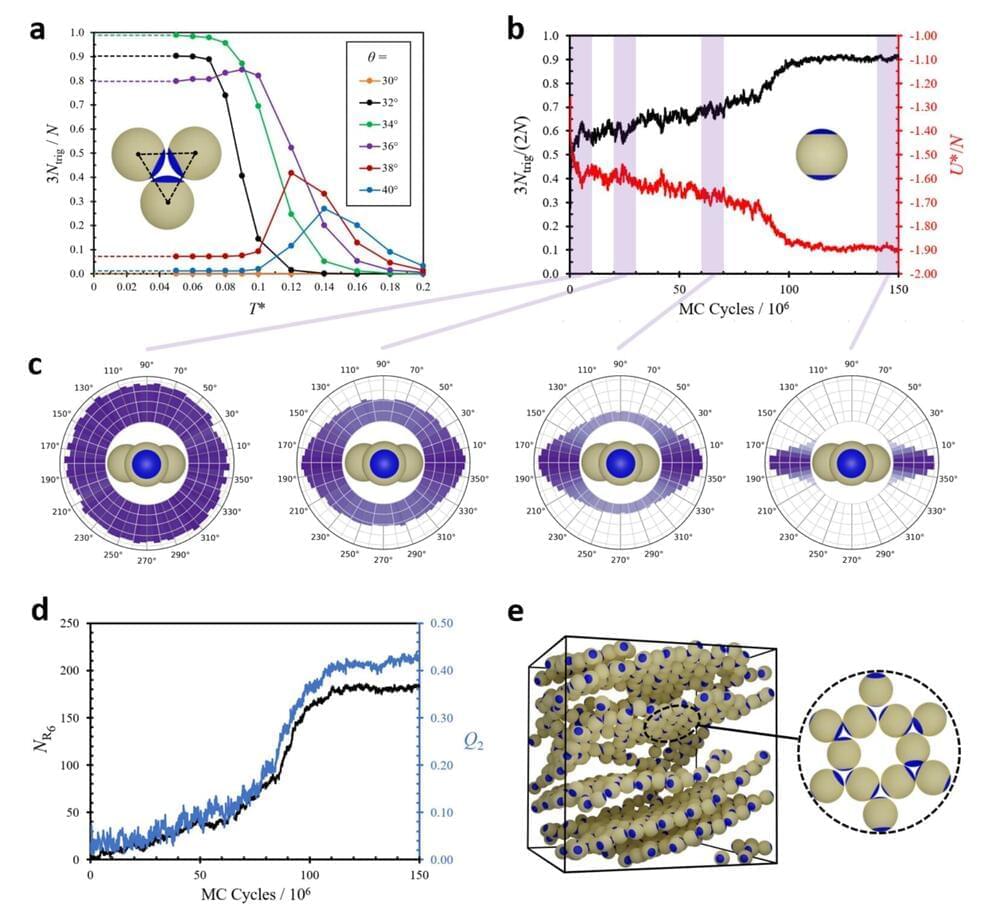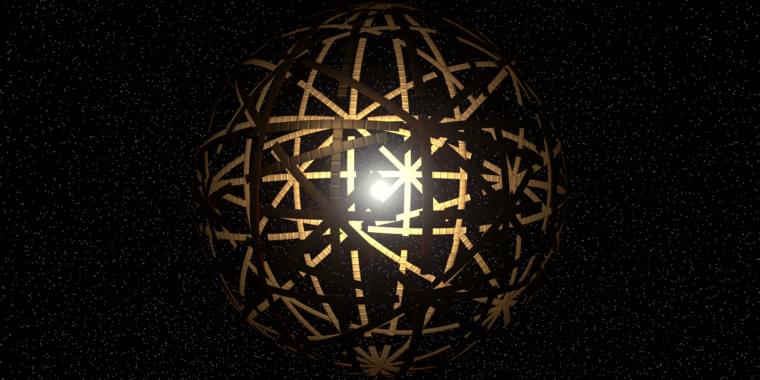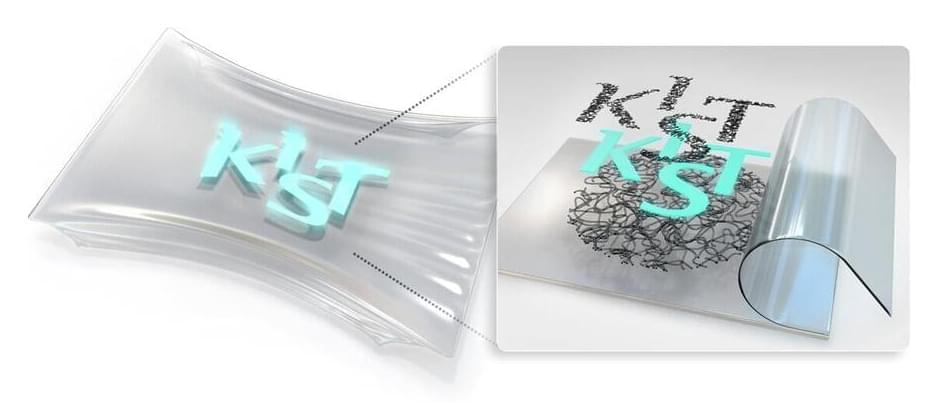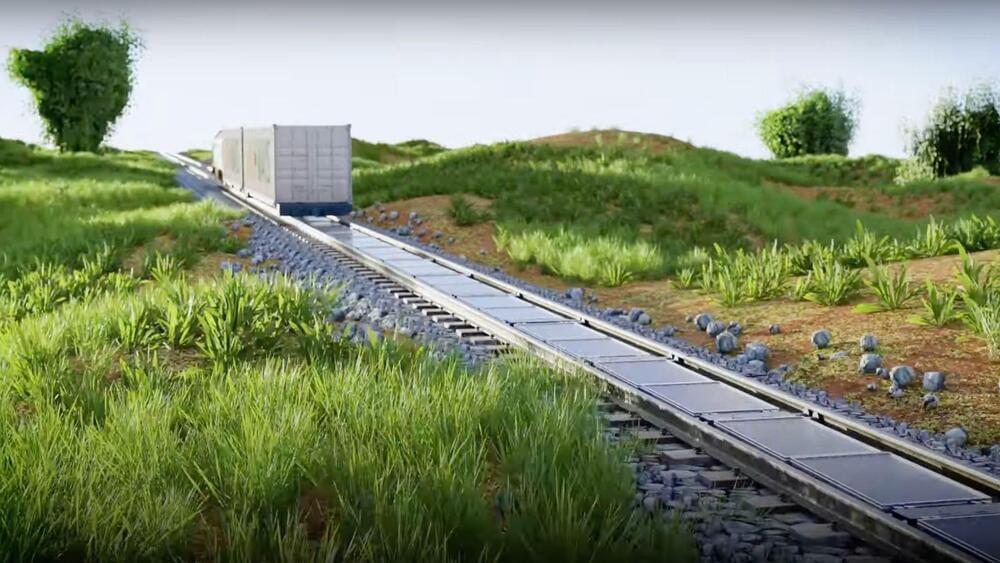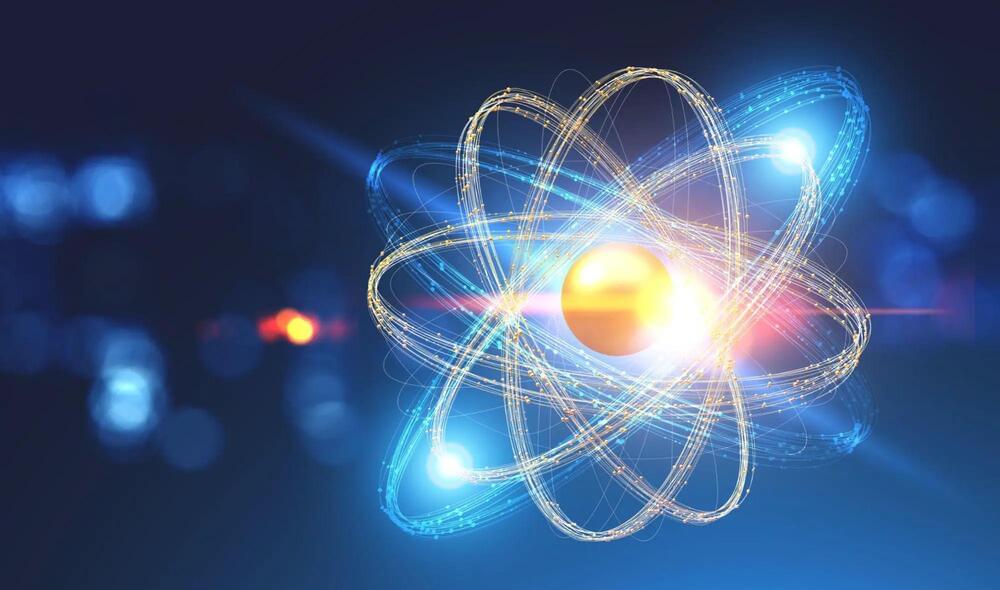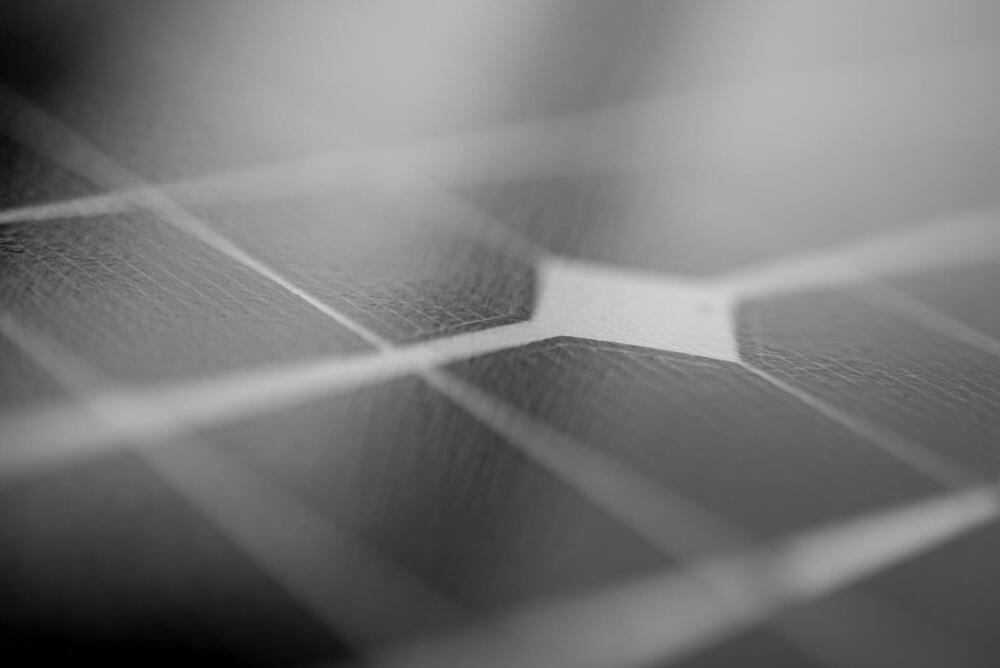Mar 30, 2023
Colloids get creative to pave the way for next generation photonics
Posted by Dan Breeden in categories: computing, particle physics, solar power, sustainability
Scientists have devised a way of fabricating a complex structure, previously found only in nature, to open up new ways for manipulating and controlling light.
The structure, which naturally occurs in the wing scales of some species of butterfly, can function as a photonic crystal, according to a new study by researchers at the University of Birmingham. It can be used to control light in the visible range of the spectrum, for applications for lasers, sensors, and also devices for harvesting solar energy.
Their computational study, published in Advanced Materials, demonstrates that the complex gyroid structure can be self-assembled from designer colloidal particles in the range of hundreds of nanometers.
